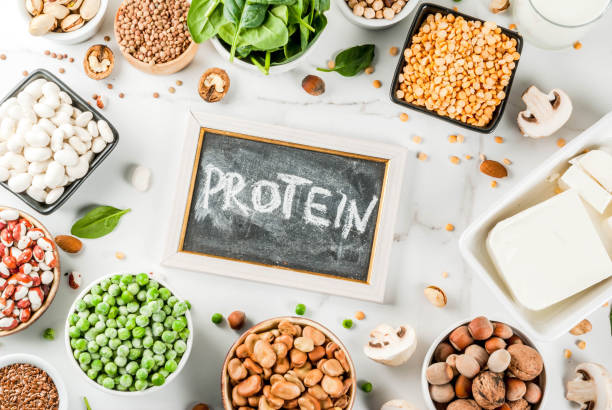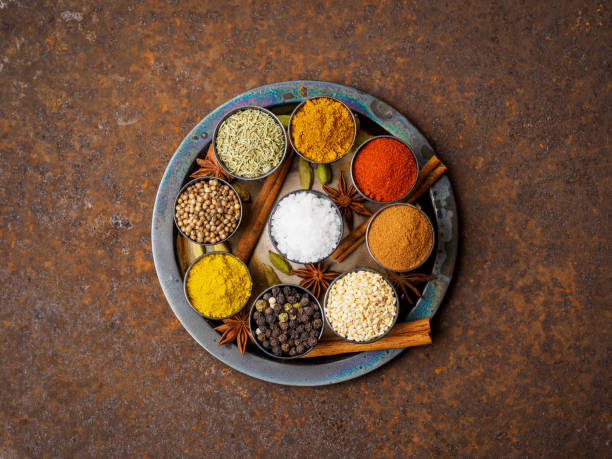Your Guide to Managing Seizures With An Epilepsy Diet Plan
Any treatment plan for epilepsy is generally a multi-dimensional approach where diet plays a central role. This means that an epilepsy diet plan incorporates certain dietary strategies targeted at lessening seizure frequency and intensity, which differ from person to person. Understanding Epilepsy: The Layman’s Guide Epilepsy is a neurological disorder that causes recurrent, unprovoked seizures. Unprovoked seizures are due to sudden, excessive electrical discharges in cells of the brain. Basically, this condition can develop in anybody at any time of life, showing varying levels of severity and ways of manifestation. Its effective management usually involves some medication, lifestyle adjustments, and at times, dietary alteration. Why Diet Matters in Epilepsy Management Dietary changes have the potential to alter brain chemistry and overall health, thus impacting seizure control. Some diets have proven to reduce seizure activity and are very useful forms of treatment. Most of these diets deal with the balancing of macronutrients, sugar levels in the blood, and metabolic changes that can have a stabilizing effect on brain chemistry. Types of Epilepsy Diet Plans Ketogenic diet dates back to the 1920s when it was prescribed to epileptic patients, particularly children. In fact, the diet had been formulated even prior to the discovery of current antiepileptic drugs. The diet is designed to work by making the human body burn fats instead of carbohydrates, just as it does in fasting. How the Ketogenic Diet Works This involves consuming high-fat, adequate-protein, and low-carb foods. This macronutrient intake alters the body’s metabolism, inducing a state of ketosis, where fat is used as the primary energy source instead of glucose. The byproducts, called ketones, are believed to have an anticonvulsant effect. Modified Atkins Diet The Modified Atkins Diet is less restrictive than the classic ketogenic diet but still emphasizes low carbohydrate intake. Unlike the strict ratios of the keto diet, the MAD diet allows more protein and a broader range of foods, making it easier to follow for some individuals. Benefits and Drawbacks While this may allow for more food choices and be easier to adhere to, it is not as effective as the ketogenic diet for everyone. The effectiveness depends on the individual’s response to the treatment and adherence to the low carbohydrate guidelines. Low Glycemic Index Treatment (LGIT) LGIT relies on maintaining consistent blood glucose levels by consuming low-glycemic index foods. This approach helps avoid blood sugar spikes, which can trigger seizures. The diet is balanced in fats, proteins, and carbohydrates, with careful selection of carbohydrate sources Practical Tips for LGIT This typically involves selecting low-glycemic-index foods (e.g., whole grains, vegetables, pulses). The diet is further adjusted based on feedback from regular blood glucose monitoring, with food intake tailored to maintain optimal seizure control consistently. LGIT for Epilepsy The MCT diet emphasizes medium-chain triglycerides (MCTs) as a primary source of fat. MCTs are efficiently absorbed and converted into ketones, providing the brain with a quick and effective energy source. This diet may allow for less strict control over total fat intake compared to the classic ketogenic diet. To follow the ketogenic diet effectively, include foods rich in medium-chain triglycerides such as coconut oil, MCT oil, and dairy products. This approach not only expands food choices but also helps maintain ketosis for effective seizure management. Planning Your Epilepsy Diet Establish Realistic Goals First of all, set out realistic, achievable goals that meet your health requirements and lifestyle needs. Define your aim for undergoing this diet: whether it is to reduce the frequency of seizures, improve your health in general, or improve your energy levels. One must consult with his or her doctor, a neurologist, or epilepsy dietitian before making any major dietary changes. After all, they want to offer the individual specific advice and assure his or her diet plan is viable and safe enough to use. Monitoring Progress Monitoring will be necessary on an ongoing basis so the impact of the diet on seizure activity and overall health can be determined. Write down everything: food, drink, seizure activity, side effects. Diet adjustments may be needed based on this information. Sample meal planning and recipes Breakfasts Start your day with a keto-friendly Indian breakfast dish of paneer and spinach omelette or a bowl of hung curd topped with almonds and fresh coconut. Both these will keep you satiated as they have balanced amounts of fats and proteins. Lunch time For lunch, you could say a salad of mixed greens, tandoori chicken/tofu, avocado, and high-fat dressing with olive oil and mixed spices. Else, any soup made from mutton broth, spinach, mushrooms, and a protein source of paneer or tofu. Dinner Recipes Dinner Grilled fish tikka can be made for this meal with green beans, in a steamed form, and cauliflower rice. You can also have a stir fry with prawns, colored bell peppers, and ghee; these are very healthy and keto-compatible meal options. Snack Suggestions Healthy snacks are essential for maintaining energy levels. Options include mixed nuts, slices of paneer, boiled eggs with a sprinkle of chaat masala, and cucumber sticks with a side of mint chutney. These snacks are easy to prepare and keep you on track with your diet. Final Thoughts Managing epilepsy with a diet plan can be a game-changer for many individuals. While it requires commitment and careful planning, the potential benefits in seizure control and overall well-being are substantial. Remember, it’s important to work closely with healthcare providers and stay flexible with your approach. Diet is just one piece of the puzzle in managing epilepsy, but it’s a powerful tool that can make a significant difference. Connect with us on Facebook, Instagram and You tube now!
Your Guide to Managing Seizures With An Epilepsy Diet Plan Read More »










